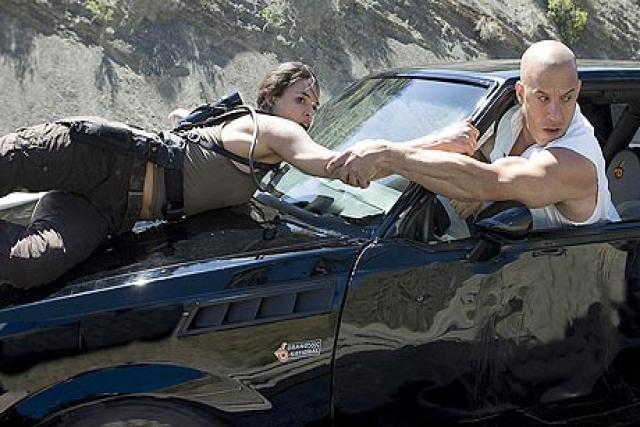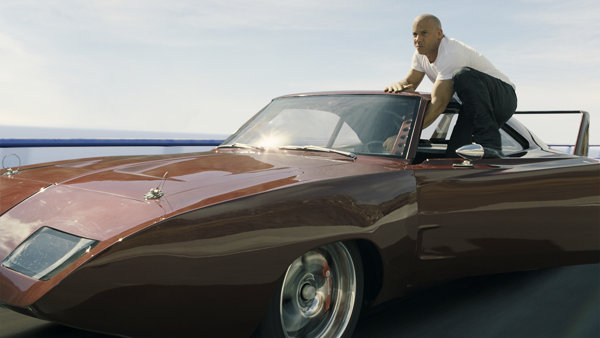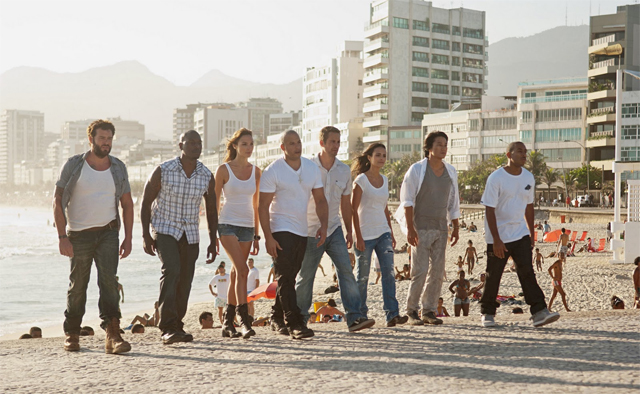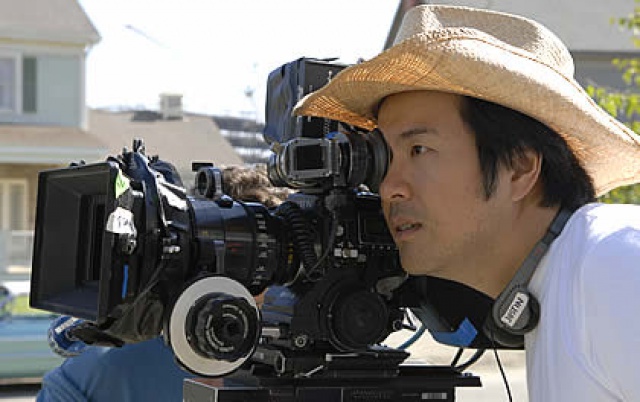Securing Universal Pictures its best opening weekend ever, rocketing Memorial Day Weekend to its biggest tally of all time and snatching up some great reactions from critics and fans alike, The Fast and the Furious 6 is basking in all-encompassing glory. Having something like this happen with a summer blockbuster is rare enough in its own right but considering this franchise is over a decade old and has braved what was essentially a direct-to-DVD phase with the no-star The Fast and the Furious: Tokyo Drift, it is even more impressive.
In my review of the latest (and gleefully absurd) instalment I noted that as far as direct continuations are concerned I could only cite Rocky Balboa as a sixth film in a franchise to be legitimately solid and win marks from a financial and critical perspective. It’s that rare to see any kind of life in a series so late in the game. So instead of the oft-seen feature focussing on what went wrong with a once promising franchise we’re heading the opposite direction and will explore what exactly went right with The Fast and the Furious.

The Films Changed (But Stayed the Same)
One need only look to another Memorial Day weekend release to see how to botch both of these approaches: The Hangover Part III switched up things so much it forgot to be a comedy, even opting to (wait for it) have no hangover! This of course comes after The Hangover Part II stayed true to its course so much there was nothing to distinguish it from the first expect for the fact that it wasn’t at all funny.
For The Fast and the Furious films, they found the sweet spot. The scantily clad ladies, street racing, fisticuffs and blend of old school American muscle cars and speedy imports doing death defying things remained but were continually placed in different locales with new tasks at hand. From
Looking from the stripped down antics of the original to the bombastic excess of Fast and Furious 6 they, at a distance, they don’t even look like the same series, and so many other franchises have failed for that very reason. But the characters remain and even while “developed” to the max, in a way we care about them even though it’s becoming clear they’re essentially invincible superheroes at this point in the game.

More and More, It Embraced What it Was
And maybe that’s what it comes down to. Perhaps this grandiose advancement wasn’t an unnatural progression for the series but rather an arrival at a destination that was predetermined from the start. The Fast and the Furious instead of bank heists, was about family barbeques and what could be a burgeoning friendship between two individuals from different sides of the track. That being said, it still was fast and loose with physics, set up racing sequences that ranged from improbable to outright ludicrous and piled on the sex appeal to delirious levels.
These aren’t staples that were abandoned nor were they betrayed but simply ones that were built upon until arriving at cars yanking a cargo plane out of the sky.

It Isn’t Afraid to Be Diverse
Aside from movies starring the big African American box office stars (Smith, Washington, Jackson, Foxx) most blockbusters (if we’re lucky) will toss one ethnicity into the mix before in all likelihood killing them off midway through. Moving out to the likes of Latino or Asian stars and the disparity widens. Outside of insulting stereotypes, these are vastly underserved segments in terms of screen time.
The Fast and the Furious films aren’t afraid to partner any and all ethnicities, and not just partner for that matter, but allow them to form a bond and (mostly) unflappable camaraderie. And not to be overwhelmed by the conventions utilized by most summer fare, these films aren’t afraid to toss some estrogen into the mix as well. Every sex and creed is given their badass moment to shine and clearly illustrates the reason why all quadrants of the public lap these flicks up.

Justin Lin
After bringing some thoroughly unique race sequences to the big screen in Tokyo Drift, director Justin Lin was tasked with essentially rebooting the franchise with Fast and Furious and reassembling the parts previously scattered across oblivion. Needless to say he pretty much failed. However looking at how he handled the next two instalments I’ll chalk it up to big budget jitters.
Here is a man who basks in the warm glow of blockbuster wisdom. Lin is the key to successfully “changing things that stay the same” and his full awareness of the type of film he’s making allows him to have fun and consciously throw logic out the window and in doing so organically makes the audience have a blast as well. In addition to etching out the giddy soul of the series, he’s a fantastic action director to boot, crafting some of the most complex action sequences ever put to film and all presented in a clean, crisp way that doesn’t leave you in a puzzled state of pseudo-seizure.
The very fact that he stepped down from helming the seventh film (and likely a hefty paycheque) due to the ridiculous turnaround time between instalments Universal demanded speaks to not only his creative morals but also to his connection to the franchise. Most would be complacent on churning out an inferior product, after all its number 7, nobody expects it to be good anyways. Or so would be the case if Lin hadn’t obliterated the trend.